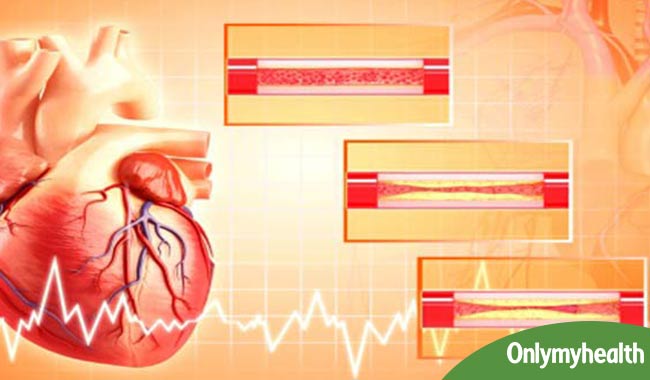
Coronary angioplasty is done for coronary artery disease (CAD). CAD is caused due to blockage or interruption of the heart's blood supply by a build-up of fatty substances called plaque in the coronary arteries. Depending on the severity of blockage of the artery, the symptoms may vary from angina pain (chest pain) to heart attack (myocardial infarction). Coronary angioplasty is a safe procedure though complications can occur. Discuss with your doctor the symptoms or problems for which you must seek medical advice.
Consult a doctor if you have any of the following symptoms suggestive of some significant problem:
- The incision site becomes swollen, red or has pus or foul-smelling fluid coming from it (these are symptoms suggestive of infection).
- Fever (which lasts for more than a few days) or other symptoms suggestive of infection such as chills, a cough, feeling weak and tired, body pain etc.
- You develop skin rash, your skin becomes itchy or swollen (these may occur due to allergy to a medicine you are taking).
- Nausea (upset stomach) or frequent vomiting (which makes retaining liquids difficult).
- Chest pain or discomfort.
- Shortness of breath or trouble breathing (which seems to be worsening).
- You have questions or concerns about angioplasty, your illness or any medicine.

Consult a doctor immediately if:
- The bruise at the site of catheter insertion becomes significantly bigger.
- Your leg on the side where catheter was inserted in the groin becomes numb (loses feeling), has significant pain or changes colour.
- You develop weakness on one side of your body or face, have speech problem (such as trouble speaking clearly) or have a change in your vision.
- You feel giddy, lightheaded and have trouble breathing.
- You develop sudden chest pain, which may be worse when you take deep breathe or cough.
- You have blood in cough.
- You have significant bleeding from the site of catheter insertion. In this case, apply pressure on the bandage and call your doctor immediately or go to the nearest hospital or clinic. This is an emergency
Read more articles on Heart Health.
For more related articles, download OnlymyHealth app.
Read Next
Symptoms of Coronary Artery Disease
How we keep this article up to date:
We work with experts and keep a close eye on the latest in health and wellness. Whenever there is a new research or helpful information, we update our articles with accurate and useful advice.
Current Version
